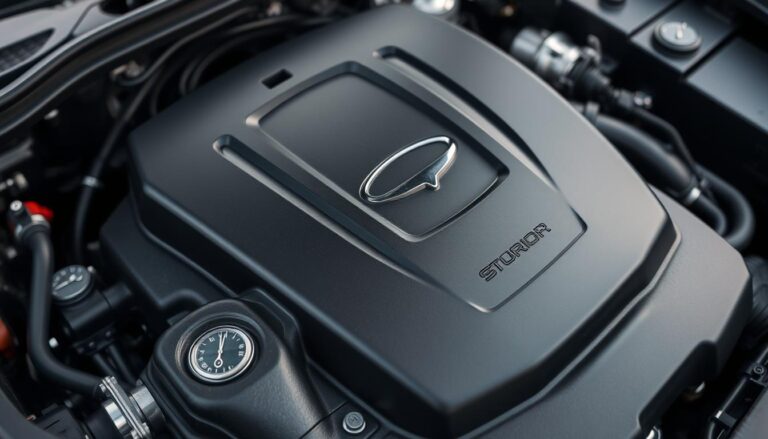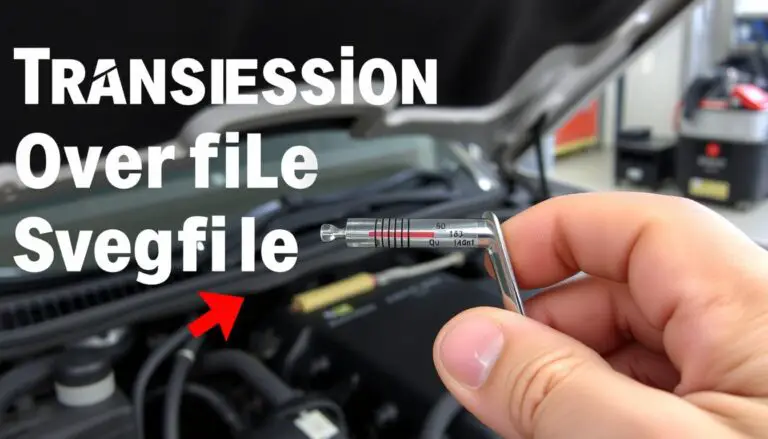A functioning gas gauge is crucial for monitoring your vehicle’s fuel level, helping you avoid running out of fuel at an inconvenient time. However, a faulty gauge can lead to inaccurate readings, causing unnecessary stress. Fortunately, resetting the gas gauge needle can be a straightforward DIY task.
By following simple steps, you can repair your gas gauge without needing professional help. This not only saves you money but also empowers you to tackle common vehicle issues on your own. In this guide, we’ll walk you through the easy process of resetting your gas gauge needle.
Key Takeaways
- Resetting your gas gauge needle is a simple DIY task.
- A functioning gas gauge is essential for accurate fuel level monitoring.
- DIY gas gauge repair can save you money.
- Following our guide will help you through the process.
- Empower yourself to handle common vehicle issues.
Understanding Your Vehicle’s Gas Gauge System
Understanding how your vehicle’s gas gauge system works is crucial for diagnosing and fixing issues related to fuel level indication. The gas gauge is an essential component of your vehicle’s dashboard, providing vital information about the fuel level in your tank.
How Fuel Gauges Work
Fuel gauges operate by using a float mechanism in the fuel tank that is connected to a variable resistor. As the fuel level changes, the float moves, altering the resistance and sending a signal to the gauge on the dashboard. This system relies on electrical signals and mechanical components working together to provide an accurate reading.
Common Reasons for Gas Gauge Malfunction
Several factors can cause a gas gauge to malfunction, including a faulty fuel level sensor, wiring issues, or a malfunctioning gauge cluster. Corrosion in the wiring or connectors can also disrupt the signal, leading to inaccurate readings.
Signs Your Gas Gauge Needs Resetting
If your gas gauge is not providing accurate readings, it may need to be reset. Signs that a reset is necessary include a gauge that is stuck on empty or full, erratic needle movement, or a gauge that does not move at all when the fuel level changes.
| Signs of Malfunction | Possible Causes |
|---|---|
| Gauge stuck on empty or full | Faulty fuel level sensor, wiring issues |
| Erratic needle movement | Corrosion in wiring or connectors, malfunctioning gauge cluster |
| No movement when fuel level changes | Faulty fuel level sensor, wiring issues, malfunctioning gauge cluster |
Tools and Materials Needed for Resetting a Gas Gauge Needle
Before you start the DIY gas gauge fix, it’s essential to gather the necessary tools and materials. Having everything ready will make the process smoother and more efficient.
Basic Tools Required
The basic tools you’ll need include a screwdriver set, a multimeter to check electrical circuits, and a wiring diagram for your specific vehicle model. Ensure your multimeter is set to the correct voltage setting to avoid damaging your vehicle’s electrical system.
Optional Equipment for Different Vehicle Types
Depending on your vehicle’s make and model, you might need additional tools. For instance, some vehicles may require a specialized tool to access the gas gauge cluster. Consult your vehicle’s repair manual to determine if any special tools are needed.
Preparing Your Workspace
Clear a flat workspace and ensure it’s well-lit. Organize your tools and materials within easy reach. Here’s a list of items to have ready:
- Screwdriver set
- Multimeter
- Wiring diagram
- Specialized tools (if required)

Safety Precautions Before You Begin
To avoid any potential risks, it’s essential to understand the safety measures required for vehicle dashboard repair. Working with electrical systems can be hazardous if not done properly.
Electrical Safety Measures
Ensure your safety by following basic electrical safety measures. Disconnect the battery before starting work on your vehicle’s electrical system to prevent electrical shocks.
Vehicle Preparation Steps
Prepare your vehicle by ensuring it is parked on a level surface and apply the parking brake. This will prevent any accidental movements during the repair.
Documentation and Reference Materials
Consult your vehicle’s manual or other reference materials for specific instructions related to your vehicle’s make and model. As emphasized, “Always refer to your vehicle’s repair manual for guidance on safety procedures and repair instructions.”

How to Reset Gas Gauge Needle: Step-by-Step Process
Resetting your gas gauge needle can be a straightforward process if you follow the right steps. Begin by locating your vehicle’s fuel gauge sending unit, typically found in the fuel tank. Consult your vehicle’s repair manual for specific instructions on accessing this unit.
Once you have accessed the sending unit, you’ll need to check the electrical connections for any signs of damage or corrosion. Clean or replace these connections as necessary to ensure a proper reset.
To perform a fuel gauge reset, disconnect the battery to prevent any accidental starts or electrical shocks. Then, locate the fuse related to the fuel gauge system and remove it for a few minutes. Reinserting the fuse and reconnecting the battery can sometimes resolve issues related to the gas gauge repair.
After completing these steps, turn on your vehicle’s ignition and check if the fuel gauge is working correctly. If the issue persists, it may be necessary to consult a professional mechanic for further assistance with the fuel gauge reset.
FAQ
What are the common signs that my gas gauge needle needs to be reset?
Common signs include an inaccurate fuel level reading, a stuck needle, or erratic needle movement. If your gas gauge is not providing a reliable reading, it may be due for a reset.
Can I reset my gas gauge needle without professional help?
Yes, resetting your gas gauge needle can be a DIY-friendly task if you have the right tools and follow the correct steps. However, if you’re unsure or uncomfortable, it’s always best to consult a professional mechanic.
What tools do I need to reset my gas gauge needle?
The necessary tools may vary depending on your vehicle’s make and model. Typically, you’ll need basic tools like a screwdriver, pliers, and possibly a multimeter. Refer to your vehicle’s manual or the manufacturer’s instructions for specific requirements.
How do I know if my gas gauge issue is due to a faulty sending unit or another problem?
If your gas gauge is malfunctioning, it could be due to a faulty fuel level sending unit, a wiring issue, or a problem with the gauge itself. Troubleshooting steps can help you identify the root cause. Consult your vehicle’s repair manual or a professional mechanic for guidance.
Are there any safety precautions I should take when resetting my gas gauge needle?
Yes, when working with electrical systems, it’s essential to take safety precautions to avoid electrical shocks or damage to your vehicle’s electronics. Ensure your vehicle is turned off, and consult your owner’s manual for specific safety guidelines.
Will resetting my gas gauge needle affect my vehicle’s warranty?
Generally, performing a DIY reset on your gas gauge needle should not void your vehicle’s warranty. However, it’s always a good idea to check your warranty documentation or consult with the manufacturer or dealership to confirm their policies.
Can I reset my gas gauge needle on any type of vehicle?
The process for resetting a gas gauge needle can vary significantly between different vehicle makes and models. While the general principles may be similar, specific steps and requirements may differ. Always consult your vehicle’s repair manual or manufacturer’s instructions for guidance tailored to your vehicle.


